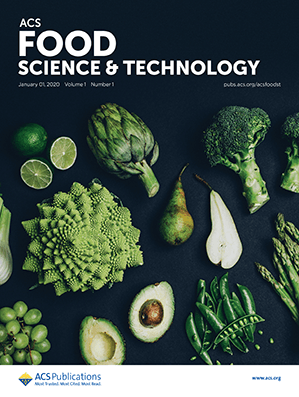Cinnamon is proving to be more than just a pantry staple. Enjoy a selection of recent research articles uncovering the spice’s surprising versatility across food, textiles, and sustainable packaging.
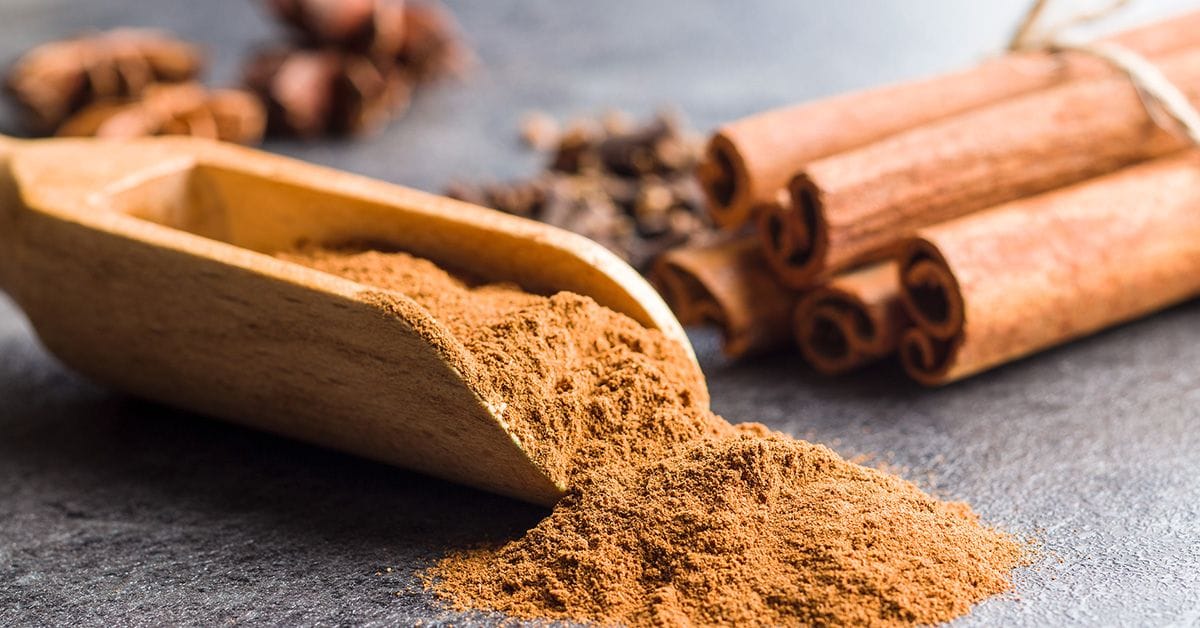
Cinnamon has long been prized for its warm flavor and aromatic charm, but recent studies are revealing a deeper scientific potential. Researchers are tapping into the bioactive properties of cinnamon—from antimicrobial action to flavor enhancement—to solve challenges in food preservation, textile innovation, and even probiotic delivery. Whether you're a food chemist, materials scientist, or just a curious cinnamon lover, these recent findings offer a flavorful glimpse into cinnamon’s expanding role in applied research.
A Natural Cure for Cured Meats?
Cinnamon Bark as a Sodium Nitrate Alternative in Pork Sausages
In a flavorful twist on meat preservation, a team of researchers in Ghana investigated the use of Cinnamomum zeylanicum bark extract as a natural substitute for sodium nitrate in pork sausages. The study found that cinnamon helped maintain the sausages’ sensory qualities and shelf life, offering a cleaner-label alternative to synthetic preservatives. This could appeal to health-conscious consumers and producers alike.
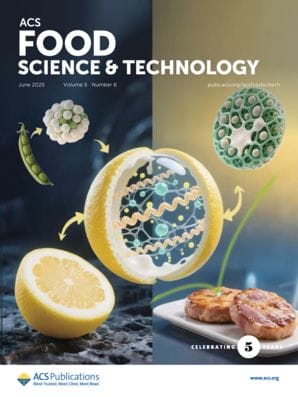
Cinnamon (Cinnamomum zeylanicum) Bark as a Natural Alternative to Sodium Nitrate in Pork Sausages: Effects on Proximate Composition, Sensory and Shelf Life Analyses
DOI: 10.1021/acsfoodscitech.5c00043
Mosquito-Repellent Fabrics That Smell Like Victory
Cinnamon and Eucalyptus Extracts for Durable, Multifunctional Textiles
Could your clothes one day help keep mosquitoes at bay? A multinational research team developed mosquito-repellent fabrics using cinnamon and eucalyptus extracts, achieving long-lasting repellency even after multiple washes. The treated textiles also showed antimicrobial and UV-protective properties, making them promising candidates for outdoor wear and travel gear.
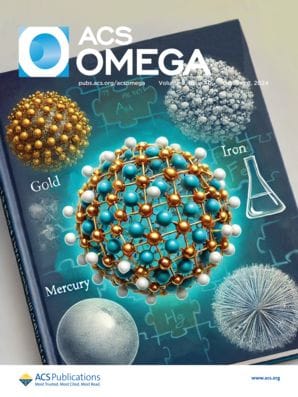
Cinnamon and Eucalyptus Extracts: A Promising Natural Approach for Durable Mosquito-Repellent Fabrics with Multifunctionality
DOI: 10.1021/acsomega.4c04910
Wrapping Fish in Flavor and Function
Cinnamon-Infused Edible Films for Green Packaging
In a sustainable packaging breakthrough, scientists have created edible films from cassava starch and fish gelatin infused with cinnamon essential oil. In testing, these biodegradable wraps extended the shelf life of fish fillets to 10 days by slowing microbial growth and oxidation. The study demonstrates cinnamon’s potential as a key component in eco-friendly food preservation strategies.

Green Packaging Solutions for Extending the Shelf Life of Fish Fillet: Development and Evaluation of Cinnamon Essential Oil-Infused Cassava Starch and Fish Gelatin Edible Films
DOI: 10.1021/acsomega.4c05249
Beating Berry Mold with Cinnamon-Infused Beads
Cinnamon Essential Oil-Loaded Alginate Beads for Berry Preservation
Postharvest spoilage is a major hurdle for soft fruits like raspberries and blackberries—and no one likes finding unwelcome fuzzy surprises in their newly purchased berry cartons. A team in Mexico tackled the issue using alginate beads loaded with cinnamon essential oil. The beads significantly reduced mold growth during storage, offering a natural and effective method for extending berry shelf life without synthetic fungicides.
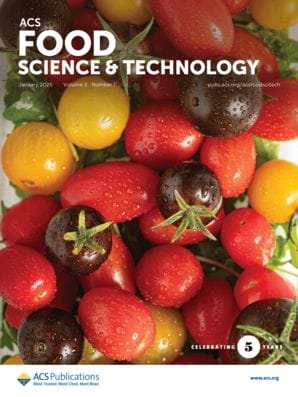
Postharvest Mold Growth Control in Raspberries and Blackberries Using Cinnamon Essential Oil-Loaded Alginate Beads
DOI: 10.1021/acsfoodscitech.4c00649
Sweet Science: Gut-Friendly Synbiotic Chocolates
Cinnamon and Orange-Flavored Functional Chocolates with Probiotics
Researchers in India have developed a novel synbiotic chocolate using cinnamon and orange flavors, fortified with probiotics and prebiotics. The chocolates successfully delivered enhanced functional properties while maintaining high probiotic survival rates during storage. This study is a tasty example of how flavor and function can go hand in hand in gut-friendly food design.
For a deeper dive into the research, check out the recent Axial post surrounding this study.
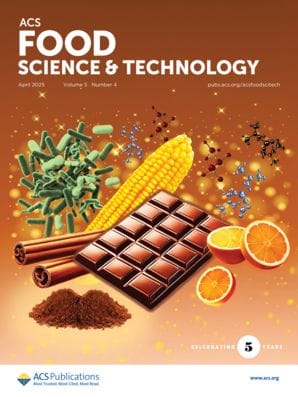
Novel Formulations of Cinnamon- and Orange-Flavored Synbiotic Corn Chocolates with Enhanced Functional Properties and Probiotic Survival Rates
DOI: 10.1021/acsfoodscitech.4c00741
